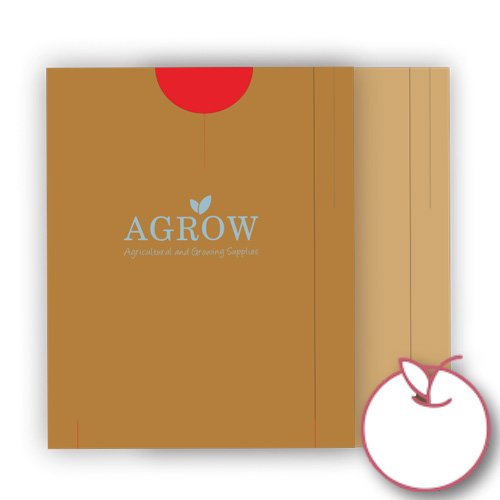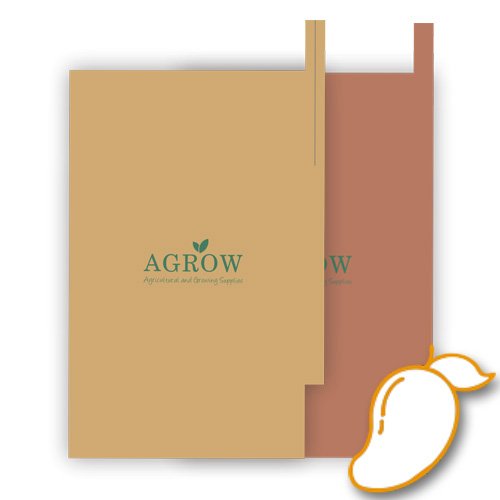January 2025: Fruit Industry Trends and Highlights – Early
USDA Completes Pest Risk Analysis for Pineapple Imports from Indonesia
The U.S. Department of Agriculture (USDA) has completed a pest risk analysis (PRA) regarding the importation of fresh pineapples from Indonesia.
This analysis, part of the USDA’s efforts to protect U.S. agriculture from plant pests and noxious weeds, concluded that the risks associated with the importation can be mitigated through appropriate phytosanitary measures. The USDA is now inviting public review and comment on the analysis as part of its transparency and public participation process.
Indonesia, a leading pineapple producer with an ideal tropical climate, harvests the fruit from December to June, known for its sweet and tangy flavor.
Negotiations to Resume Ahead of Possible US Port Strike
Negotiations between the International Longshoremen’s Association (ILA) and the United States Maritime Alliance (USMX) for a new union contract covering East and Gulf Coast ports will resume on January 7, just before the current extension expires. The decision to restart talks, which had been informal since the ILA broke off discussions in early November, came unexpectedly. The ILA had opposed employer proposals to incorporate automated container handling technology, fearing job losses. In response to potential strike, Hapag-Lloyd announced a Work Disruption Surcharge (WDS) and Work Interruption Destination Surcharge (WID), effective January 20, 2025. These ports handle over half of U.S. imports. A previous strike in October led to a 62% pay raise agreement and a six-year contract extension.
Positive Forecast for Chilean Fruit Industry Amid Global Market Opportunities
Víctor Catán, president of Chile’s National Federation of Fruit Producers (Fedefruta), shared an optimistic outlook for the fruit industry in the coming year, citing favorable winter conditions and good spring weather free from frost damage. He highlighted opportunities for Chilean fruit due to issues in the northern hemisphere, including early grape season closures in the U.S. caused by heatwaves, and citrus production losses in Spain due to heavy rains. Additionally, drought in Peru and rainfall in Brazil have created further opportunities for Chilean exports. Catán recommended that producers pack only optimal-quality fruit, collaborate with exporters, and explore growing markets in South America, like Brazil and Central America.
Mango Exports from Ecuador and Peru Expected to Grow Strongly
As the mango export market transitions into 2025, key developments are emerging from Ecuador and Peru, the leading exporters. Ecuador has completed its mango season, while Peru is still in the harvest and packing stages. Kent mangoes, accounting for 99% of shipments to the U.S., dominate the market, with small quantities of other varieties like Tommy Atkins, Ataulfo, and Keitt also being exported. For the week ending December 28, 2024, Ecuador shipped 34,200 boxes, and Peru exported 1,061,000 boxes. Projections for January to February 2025 suggest a 59% year-over-year increase in shipments. Ecuador’s 2024 mango output is expected to rise by 127% compared to 2023, while Peru’s forecasted output will increase by 209% over 2023, though still 16% lower than 2022.
First Shipment of Chilean Grapes Arrives in the U.S. Under Systems Approach, Boosting Quality and Competitiveness
On December 20, 2024, Chile shipped its first batch of table grapes to the U.S. under the Systems Approach protocol, which replaces methyl bromide fumigation with measures at the origin to improve fruit quality. Andrés Rodríguez, Chile’s Agricultural Attaché, highlighted that this approach enhances grape quality, making them more competitive in the U.S. market. Chile’s grape supply to the U.S. is expanding, including new varieties, with expectations that 35% of exports will follow the Systems Approach. Rodríguez noted logistical challenges for this first season, especially regarding East Coast ports, where most Chilean fruit enters. The industry is preparing for potential disruptions due to labor strikes.
Record Breaking Brazilian Orange Prices in 2024
In 2024, Brazilian orange prices hit record highs, with the price of a 40.8 kg box exceeding BRL 100 (US$16) in the fresh market. This surge was driven by strong demand from the juice industry, facing low stock levels and a limited orange supply due to reduced production and dry weather conditions.
Despite higher prices benefiting growers, low productivity and the ongoing issue of citrus greening raised costs. Tahiti lime prices also saw a rise in the second half of 2024 due to tighter supply. Projections for the 2024/25 season indicate a slight increase in orange harvests but still lower than the previous season. Brazil’s limited orange juice stocks highlight the need for increased production in both Brazil and Florida.
Symposium Information
The 15th International FRUTIC Symposium 2025 will take place at MACFRUT fair in Rimini Expo Centre. The dates are May 7th – 8th, 2025. Frutic2025 will encompass a wide range of topics, focusing on technological advancements in production, harvest, postharvest, distribution, and quality control of fruit, nuts, and vegetables. Check out the details here.

















